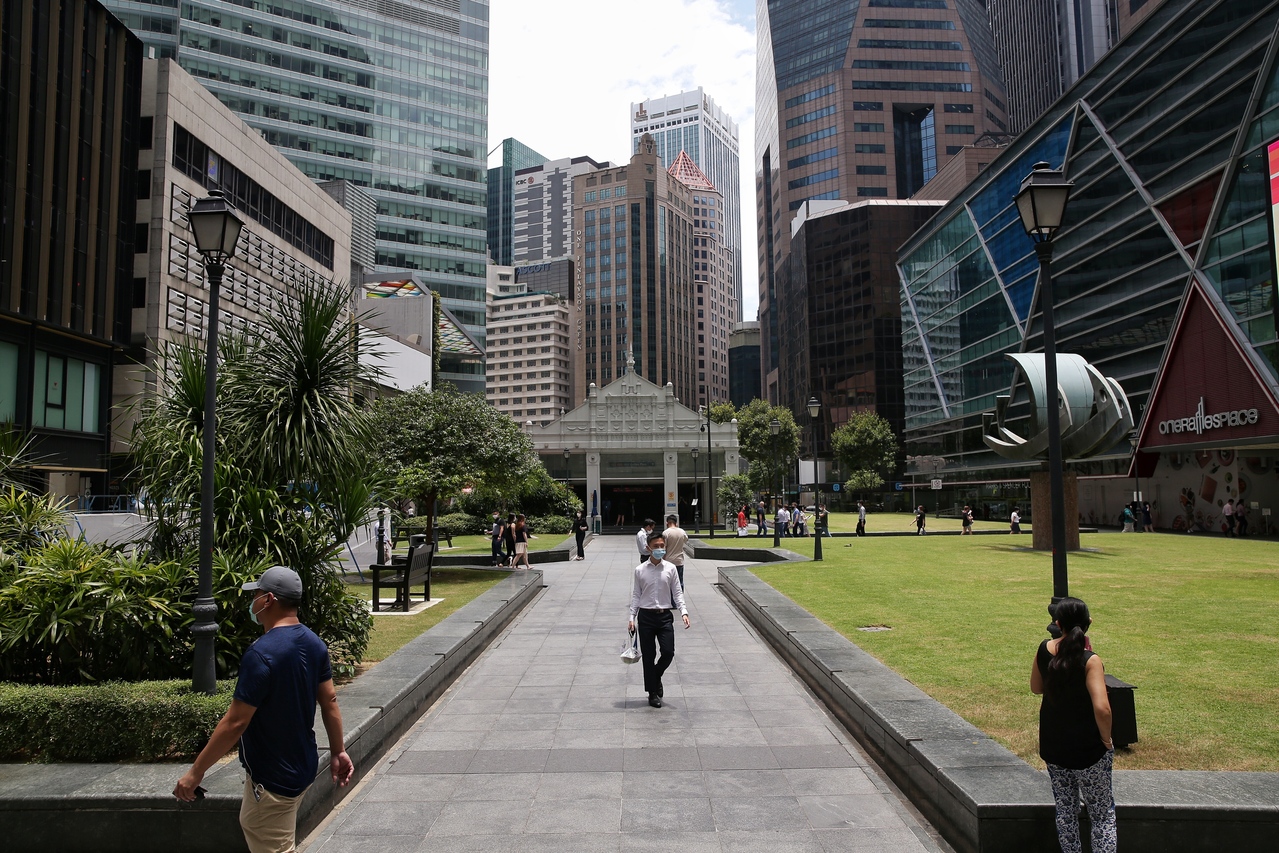Job vacancies in Singapore rose for first time this year in September
Sign up now: Get ST's newsletters delivered to your inbox

Labour turnover also rose, with recruitment and resignation rates going up in the third quarter to 1.6 per cent, seasonally adjusted.
ST PHOTO: KEVIN LIM
Follow topic:
SINGAPORE - The number of job vacancies in Singapore rose for the first time this year in September, one of several indicators of a pickup in labour market activity.
There were 49,600 job vacancies in September, seasonally adjusted, a huge improvement from the decade-low of 42,400 job vacancies in June, according to data from the Ministry of Manpower's (MOM) labour market report out on Thursday (Dec 17).
As a result, the ratio of job vacancies to unemployed persons rose over the quarter, from 0.57 in June to 0.60 in September.
There was an increase in positions for professionals, managers, executives and technicians (PMETs) in sectors like information and communications, professional services and health and social services.
Meanwhile, non-PMET positions opened up in sectors such as construction, administrative and support services and manufacturing.
Labour turnover also rose, with recruitment and resignation rates going up in the third quarter to 1.6 per cent, seasonally adjusted.
This is in line with the gradual resumption in hiring and voluntary job change as labour market activity picked up, the MOM said.
However compared with a year ago, labour turnover remained muted, it noted.
The quarterly increase in labour turnover was observed across most industries, except for security and investigation, which saw a decline in resignation rate.
This was likely due to strong manpower demand in the sector, the MOM said.
As activity picked up, fewer workers were also placed on short working weeks or temporary layoffs in the third quarter.
There were 34,240 employees placed on short working week or temporary layoff, more than halved from the second quarter.
This decline was more prominent in manufacturing, construction and food and beverage services. It also fell more among non-PMETs, although they still formed the majority of all employees placed on such measures in the third quarter, the MOM said.
The average weekly total paid hours worked per employee also rose by 0.4 hour to 43.8 hours in September, due to higher overtime hours.
This increase was especially evident in construction, as work stoppages were lifted.
Nevertheless, hours worked across most industries remained below pre-Covid-19 levels, the MOM noted.
Despite the increase in labour market activity, the improvement remains uneven across the various sectors, it added.
"While business activities have progressively resumed, uncertainties in external economic conditions continued to weigh more heavily in some sectors."
Sectors where remote work is more likely showed most improvement, as well as those that are consumer-facing and benefited from the exit from the circuit breaker, it noted.
This includes public administration and education, food and beverage services, health and social services, information and communications and professional services, among others.
Meanwhile, construction showed mixed improvement, due to the extended period of restrictions.
There was also unevenness in labour market improvement for the outward-oriented manufacturing and wholesale trade.
But tourism-dependent industries, including accommodation, transportation and storage and arts, entertainment and recreation, continued to be hit by the pandemic.

